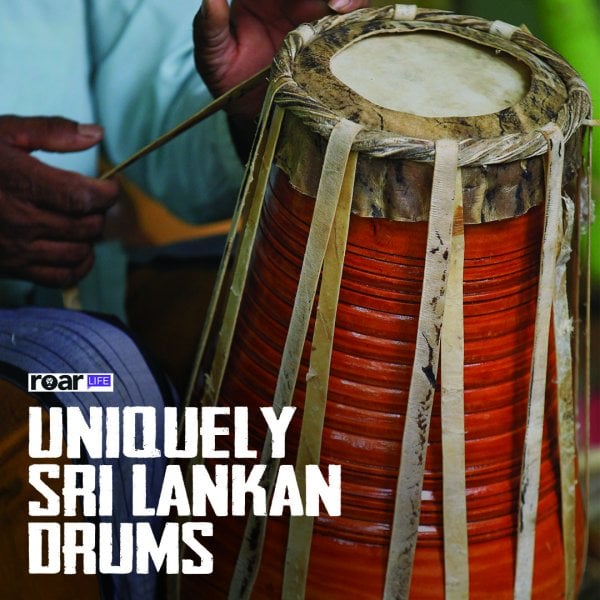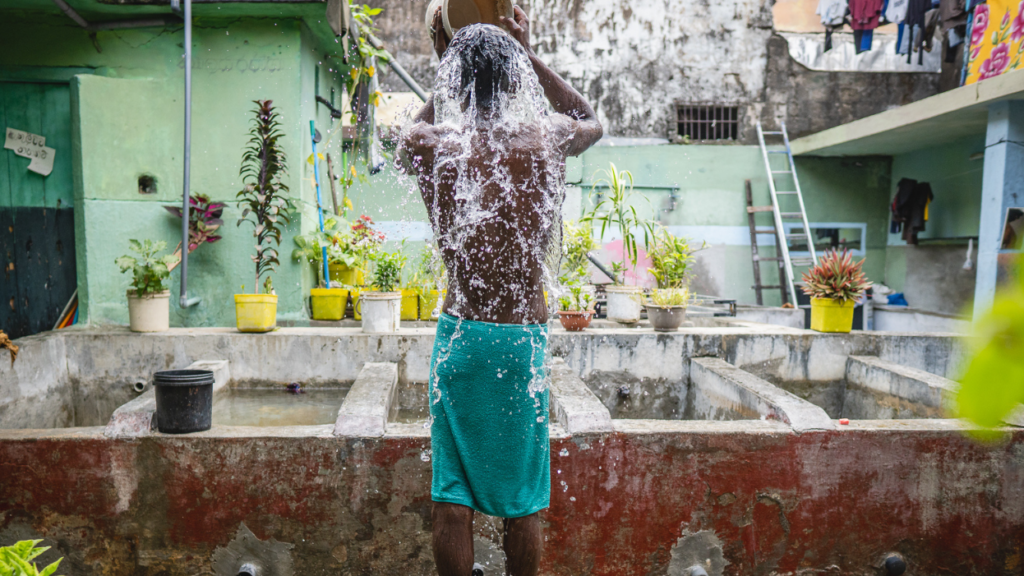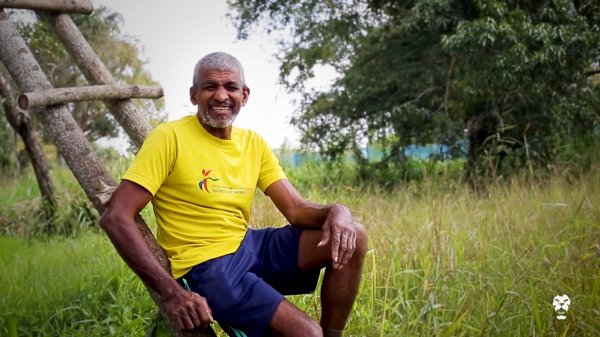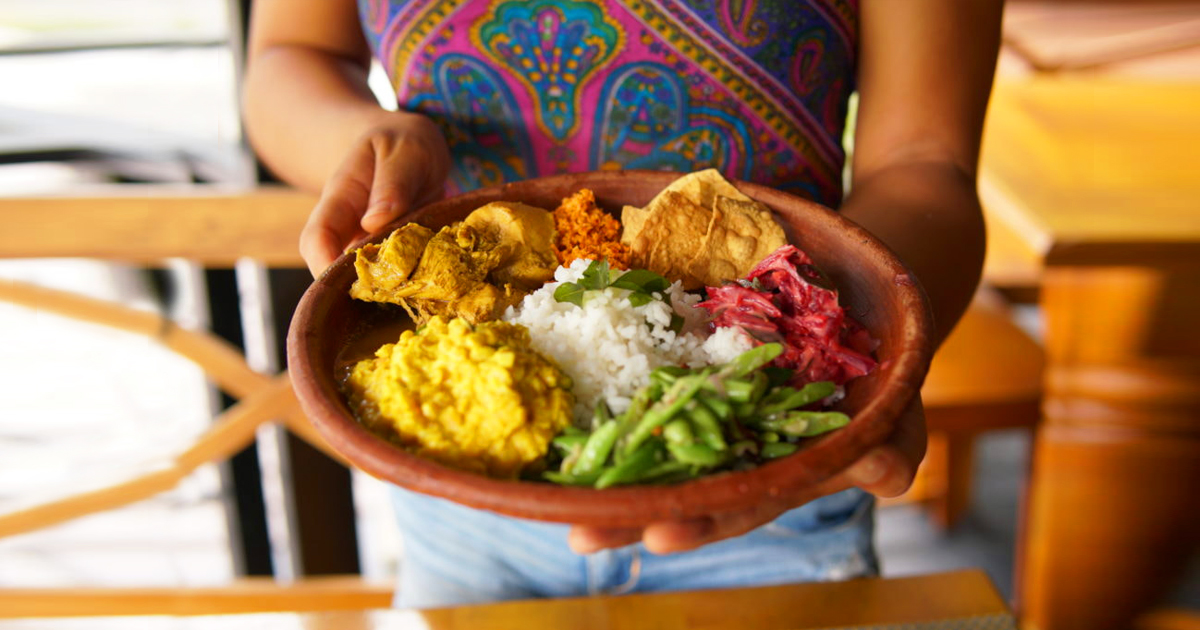
If you’re planning to make healthy changes to your life, alongside working out, incorporating an effective diet is one of the first steps you can take. Sri Lankan cuisine, as we know, is immensely rich in culture and heritage. The food offers a wide range of flavour-filled combinations. Despite this, many gravitate towards trending western diets to add balance and nutrition to their lives. However, popular diet plans, such as Keto and Paleo, and the ingredients required to make them work, are either not readily available in Sri Lanka or are significantly more expensive.
So would it not be more practical to incorporate a healthy diet that is more accessible?
The Sri Lankan Diet
It is no secret that Sri Lankan cuisine is patently ruled by rice. Therefore, the majority of the population consumes starch food beyond the requisite level. While most local dishes have a reasonable amount of nutrients present in them, the imbalance ingestion of macro and micronutrients leads to a poor diet. As per a qualitative study done last year, Sri Lanka is known to face the dilemma of both overnutrition as well as undernutrition.
Nutritional and Certified Life Coach, Shuaib Jabbar, feels there are usually two reasons why Sri Lankans decide to change their diets. “One is if they are informed that their body is lacking in certain nutritional content, and the second is if they want to lose weight or get into shape,” he told Roar Media.
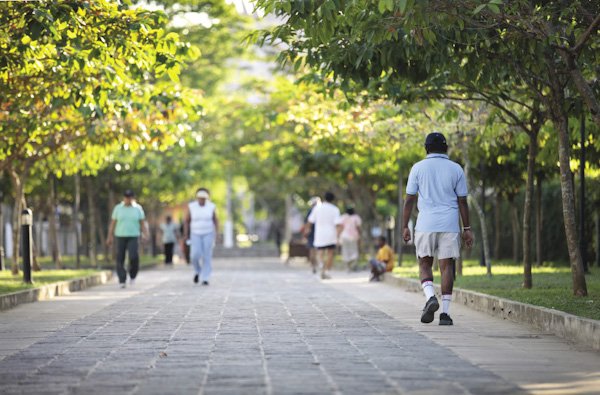
However, when changing diets, they are faced with inherently Sri Lankan challenges such as the emotional and cultural connection between people and food – including identity and belief systems — the lack of information and awareness on implementing diets the right way, and the misconceptions and notions about proper nutrients.
Amongst these, is also the issue of affordability and availability of high-quality food, an obstacle tough to overcome, especially with the current sharp rise in food prices and ongoing shortages.
There has been a steady growth of food imports since the year 1985 — with a double increase noted in 1998 — but, despite the availability of processed foods, proteins, vegetables and fruits, the consumption of such items is not as high as the demand for rice, which continues to climb, even today amidst the ongoing economic crisis.

“The feature of a developed country is that the starch should go down and the intake of proteins should go up, whereas we’re still in between transitioning from a developing country to a developed country”, Dr Renuka Silva, Professor of Nutrition at the Wayamba University of Sri Lanka, explained to Roar Media.
The ‘Western’ Diet
There is a common misconception that the ‘Western diet’ consists mainly of junk food — however, digging deeper you find that western cuisine is truly filled with a variety of healthy choices ranging from fresh dairy, good fibres and excessive protein options to vegetable and fruits beyond the commonly consumed ones. Access to such food is easily available and is known to be budget-friendly.
Although we may have the ingredients present to follow a Western diet in Sri Lanka, it’s often expensive to purchase these items on this side of the world, especially for daily meal plan purposes. So Dr Silva advises to keep in mind country-specific food products that can be used to advantage, such as plants, wheat and pulses.
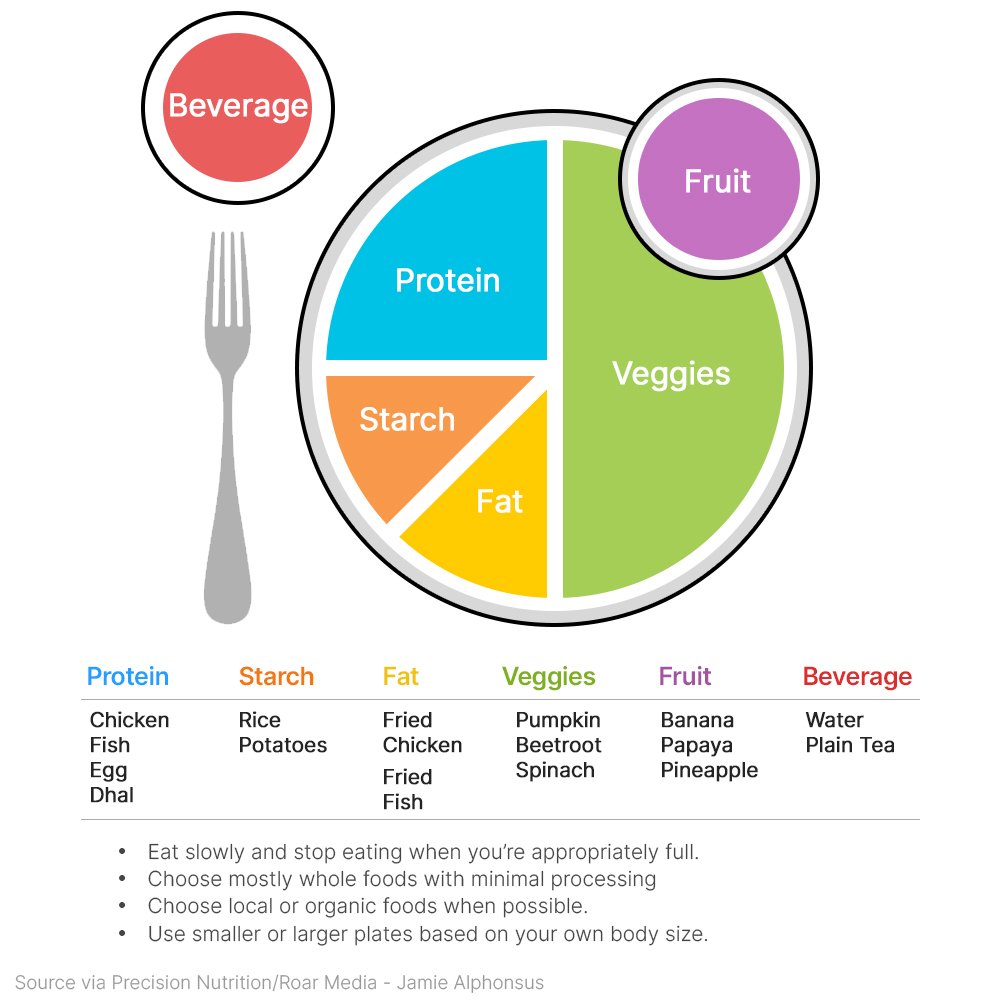
Natasha Fonseka, Co-owner of Fit.lk and Fuel’d Cafe & Health Bar, agrees that what works for the West may not necessarily work best for us. “Most often than not, we try to incorporate a western mentality into our lifestyle, not understanding that our history, culture, geography, genealogy and everything else is completely different,” she said.
While we may face the barrier of affording high nutritional components to all our meals, we need to push ourselves to make the best of what we’ve got. “We need to embrace and get educated on the nutritional benefits of what we have available in our country, in order to better our nutrient intake,” Fonseka pointed out.
A diet is often dependent on one’s lifestyle and although our nation truly does have one of the best cultural cuisines present throughout, the frequency and amount in its intake, as well as the method of cooking, can play a role in the nutrients one gains vs. the nutrients one loses.


